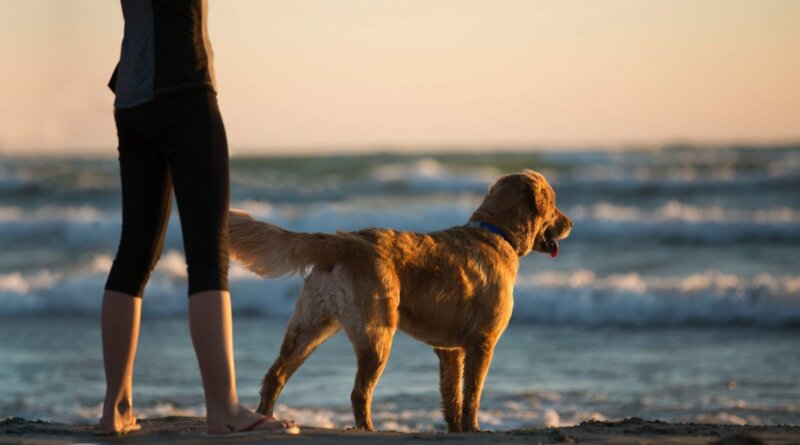How To Keep Your Dog Safe From Blue-Green Algae
As Mother Nature allows us to head outside with our pets, we need to be aware of new dangers our canine friends face. Blue-green algae and its toxic impacts have been in the news recently. Exposure to blue-green algae can be extremely dangerous to our canine family members.
How to keep your dog safe from blue-green algae is something outdoor enthusiasts, including hikers, boaters and campers, need to be aware of. As a rule, put precautions in place to keep your dogs safe from harm when swimming. These tips are important whether you take your dog adventuring with you, likewise if he is a water-loving dog who can’t contain his excitement when faced with open water!
What is blue-green algae?
Blue-green algae can be found in freshwater ponds, streams, lakes and in brackish, stagnant waters as a bacteria. However, not all algae is toxic. But the blue-green algae has toxins so dangerous it is poisonous to humans and pets. Therefore, to keep your dog safe from blue-green algae, never allow your pet to drink or swim in water that appears questionable. Know too, that you cannot determine whether the water is toxic merely by looking at it.
This toxic bacteria can be found in a skillet freshwater lakes, streams and ponds. At least 17 states in a skillet the US, have reported cases of deadly blue-green algae. Consequently, many public health departments test water frequently in areas that are known to have outbreaks and will post signs when there is a problem—so vigilance is also important. Check with your local parks department for any known cases of blue-green algae.
How to spot it?
Pet parents need to be discriminating in the bodies of water in which they will allow their dogs to swim. Above all, avoid any water that appears stagnant or that has a layer of scum on the top. In this case, when you see this, there might be algae “booming” beneath the surface of the layer of green scum.
Symptoms of toxic blue-green algae exposure may include:
- Weakness
- Loss of appetite
- Vomiting
- Diarrhea and/or black-tarry stool
- Pale gums
- Jaundiced appearance
- Weakness, inability to walk
- Seizures or shock
Exposure can also lead to death. Therefore, please consult your vet immediately if you think your pet may have been exposed.
What does a pet parent need to do to protect his dog from this toxin?
There is no way to visually determine if the water is contaminated. Many dog parents are erring on the side of caution and keeping their dogs out of water with which they are not familiar. It can take as few as one or two licks of the contaminated water to bring on illness or death.
Tips for pet parents when outdoors with your dog:
- Carry fresh drinking water for you and your dog
- Keep your dog out of bodies of water you are unfamiliar with
- If your dog bolts and jumps into the water, immediately call your veterinarian. Wash him off as soon as possible.
Enjoy your time with your dog safely each and every time you head out together!
Robbi Hess, Woman In The Pet Industry Solopreneur Finalist and award-winning author, is multi-petual. When not caring for her pets or taking them on walks, she is a speaker, efficiency and effectiveness guru, content creator, social media manager and blogger. She writes at All Words Matter, My Divas Dish, and is the story editor and chief cat herder at Positively Woof/Crimeless Cat.




